Exploring the Versatile World of White Peony Root: Creative and Traditional Ways to Incorporate This Herbal Gem into Your Diet*
White peony root, scientifically known as Paeonia lactiflora*, has been a cornerstone of traditional Chinese medicine (TCM) for centuries, prized for its potential to nourish the blood, calm the liver, and alleviate pain. Beyond its medicinal applications, this root is increasingly recognized as a culinary ingredient that can enhance both flavor and well-being. Rich in antioxidants, anti-inflammatory compounds, and nutrients like paeoniflorin, white peony root offers a unique blend of health benefits and adaptability in the kitchen. This article delves into the myriad ways to consume white peony root, blending time-honored traditions with modern creativity. Whether you’re seeking to boost your immune system, reduce stress, or simply experiment with new flavors, these methods will inspire you to embrace the versatility of this remarkable herb.
Understanding White Peony Root
Before diving into preparation methods, it’s essential to grasp the basics of white peony root. The root is typically harvested in autumn, dried, and sliced into thin pieces for storage. In TCM, it is often processed by boiling with rice wine or other herbs to enhance its medicinal properties. However, for culinary use, raw or lightly toasted slices are preferred to retain a mild, slightly sweet flavor with earthy undertones. When selecting white peony root, opt for organic, sulfite-free varieties to ensure purity and potency.

Traditional Preparations: Honoring Ancient Wisdom
-
Decoctions (Tang)
Decoctions are the cornerstone of TCM herb administration. To prepare a white peony root decoction:- Rinse 10–15 grams of dried white peony slices under cold water.
- Place in a stainless steel or ceramic pot with 500 ml of filtered water.
- Bring to a boil, then reduce heat to a simmer.
- Cover and cook for 30–45 minutes until the liquid reduces by half.
- Strain and drink warm, up to twice daily.
- Variations: Enhance flavor by adding goji berries, licorice root, or jujube dates. This blend supports liver health and menstrual comfort.
-
Powdered Form
Ground white peony root powder is a convenient alternative for those short on time. Mix 1–2 teaspoons into warm water, almond milk, or smoothies. For a targeted approach, combine with reishi mushroom powder for stress relief or astragalus powder for immune support. -
Herbal Infusions (Teas)
Steep 5 grams of white peony slices in 250 ml of hot water (80–85°C) for 5–7 minutes. This mild infusion is ideal for evening relaxation. Add a cinnamon stick or chamomile flowers for a soothing twist.
Modern Culinary Applications: From Savory to Sweet
-
Smoothies and Juices
Incorporate white peony root into your morning routine by blending 1 teaspoon of powder into a green smoothie. Pair with spinach, banana, almond milk, and a dash of honey for a nutrient-packed start. Alternatively, add sliced root to freshly pressed juices like carrot-ginger-apple for an earthy depth. -
Soups and Stews
Simmer white peony slices in bone broth or vegetarian miso soup for 45 minutes to infuse the broth with immune-boosting properties. In Asian-inspired stews, combine with shiitake mushrooms, daikon radish, and tofu for a comforting, nourishing bowl. -
Stir-Fries and Sautés
Lightly toast 10 grams of white peony slices in a dry pan until fragrant, then crush into coarse pieces. Toss into stir-fried vegetables like bok choy, bell peppers, and snow peas during the final minute of cooking. The root’s subtle sweetness complements garlic and ginger beautifully. -
Baked Goods
Grind white peony root into a fine powder and substitute 5–10% of the flour in recipes for muffins, bread, or energy bars. Pair with adaptogens like maca or ashwagandha for a hormone-balancing snack. Try a white peony-chocolate chip cookie recipe:- Mix 1 cup almond flour, ¼ cup white peony powder, ½ tsp baking soda, and a pinch of salt.
- Fold in ⅓ cup melted coconut oil, ¼ cup maple syrup, 1 egg, and ½ cup dark chocolate chips.
- Bake at 175°C (350°F) for 12–15 minutes.
-
Fermented Foods
Add sliced white peony root to kombucha during the second fermentation stage for a floral, herbal note. Alternatively, layer slices in a jar with cabbage, carrots, and salt to make probiotic-rich sauerkraut.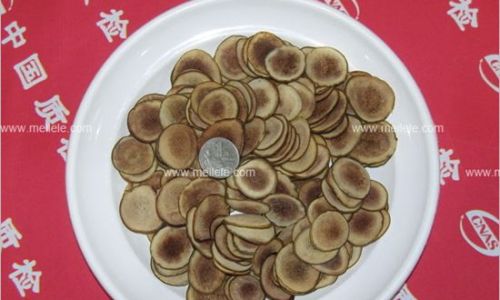
DIY Beauty and Wellness Products
-
Herbal Bath Soaks
Steep 50 grams of white peony slices in 1 liter of boiling water for 20 minutes. Strain and add the infusion to a warm bath. Pair with Epsom salts and lavender essential oil for a muscle-relaxing soak. -
Facial Toners
Brew a strong white peony decoction (20 grams per 500 ml water), cool, and store in a spray bottle. Mist onto clean skin to reduce redness and hydrate. For added anti-aging benefits, mix with rosehip seed oil. -
Herbal Salves
Infuse 100 grams of white peony slices in 500 ml of olive oil for 4–6 weeks. Strain and mix with beeswax to create a soothing balm for dry skin or minor irritations.
Pairing White Peony Root with Other Ingredients
- Sweet Pairings: Honey, dates, cinnamon, vanilla, coconut milk.
- Savory Pairings: Mushrooms, garlic, ginger, tamari, sesame oil.
- Spices: Turmeric, cardamom, star anise, fennel seeds.
- Proteins: Tofu, tempeh, salmon, chicken (for non-vegetarians).
Precautions and Considerations
While white peony root is generally safe, certain groups should exercise caution:
- Pregnant Individuals: Avoid due to potential uterine-stimulating effects.
- Blood Thinners: Consult a healthcare provider, as white peony may interact with anticoagulants.
- Allergies: Test a small amount first if sensitive to other herbs in the Ranunculaceae family.
Conclusion
White peony root transcends its traditional role as a medicinal herb, offering a spectrum of culinary and wellness possibilities. From simmering decoctions to baking adaptogenic treats, this root’s adaptability makes it a valuable addition to any kitchen. As modern research continues to unveil its benefits, experimenting with white peony root not only enhances dietary diversity but also connects us to centuries of herbal wisdom. Whether you seek physical balance, creative culinary inspiration, or a bridge between ancient and contemporary wellness practices, white peony root awaits as a gentle, nourishing ally.
Word Count: 1,920
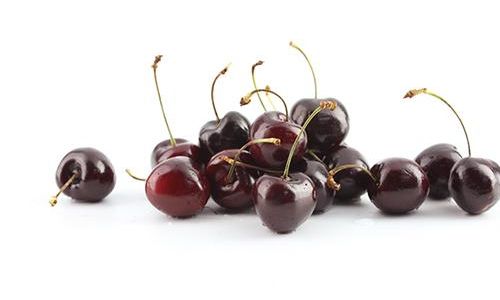
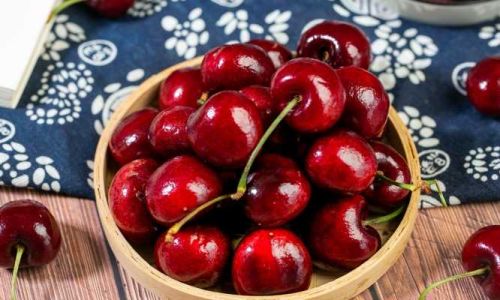
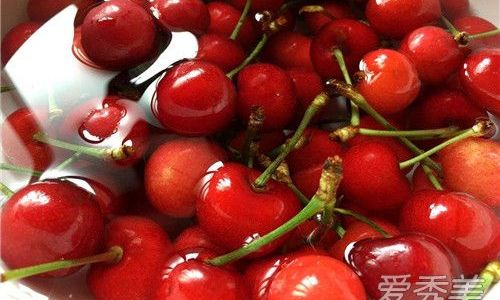

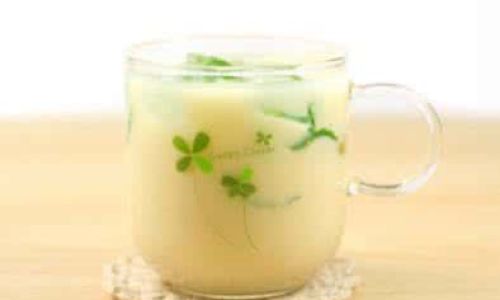

0 comments